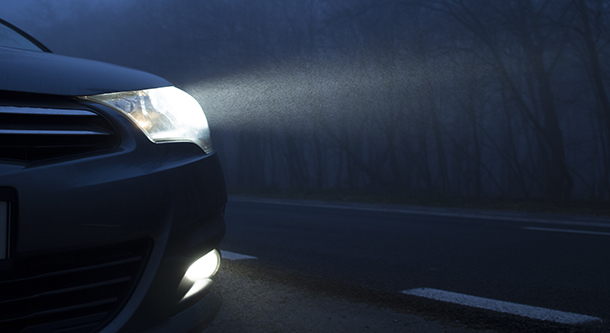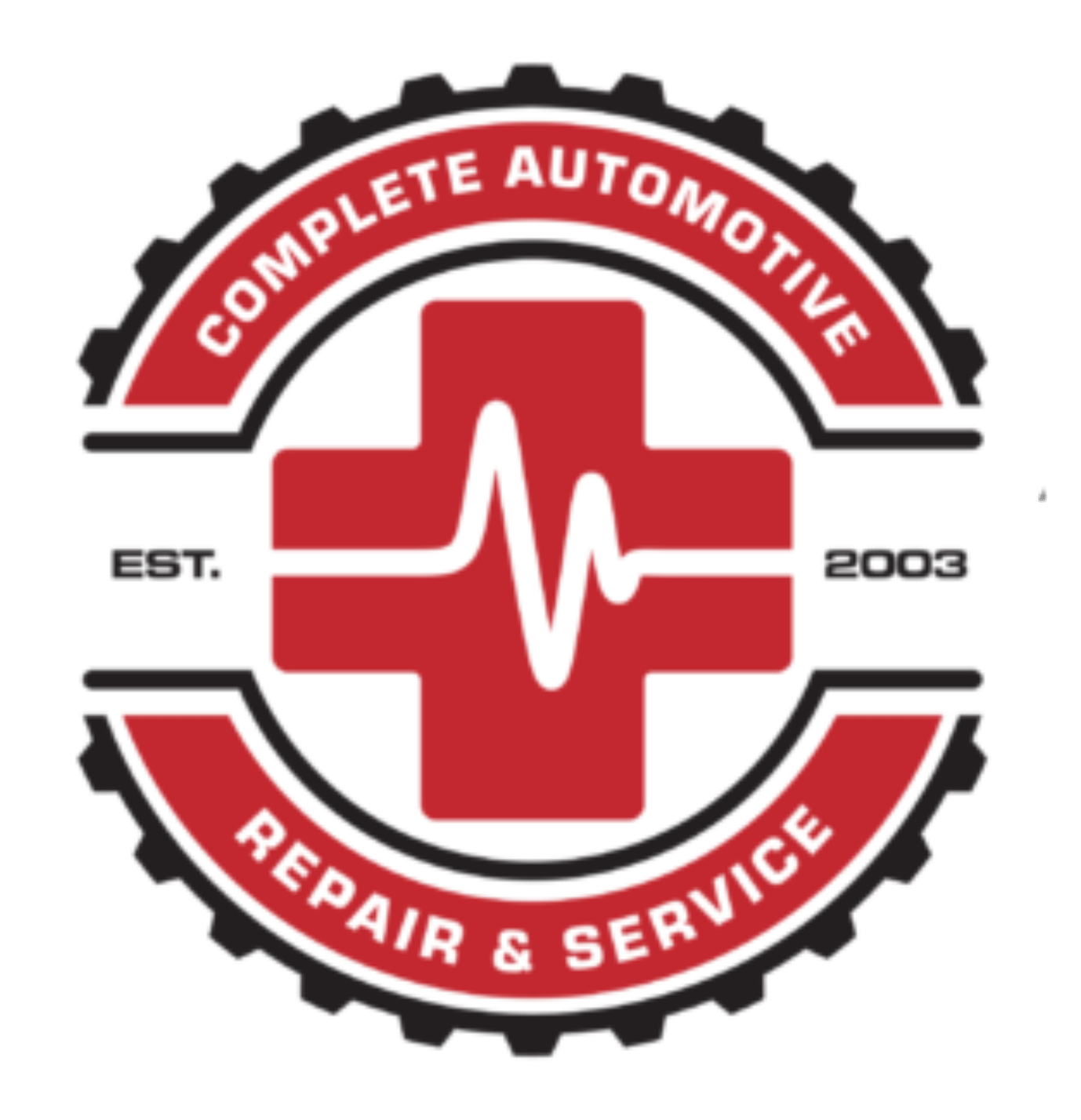[ad_1]

AAA’s research shows the importance of allowing Adaptive Driving Beam Headlights on U.S. roads
 ORLANDO, Fla. (Apr. 16, 2019) – Driving at night carries the highest fatality rate for both drivers and pedestrians but could be made safer by headlight technology already on the roads in Europe and Canada. New research from AAA found that European vehicles equipped with adaptive driving beam headlights (ADB) increase roadway lighting by as much as 86 percent when compared to U.S. low beam headlights. AAA believes this technology, not presently allowed by U.S. standards, is the first real solution to providing more light for drivers at night and AAA supports changes in the law to allow ADB to be used to its full capability.
ORLANDO, Fla. (Apr. 16, 2019) – Driving at night carries the highest fatality rate for both drivers and pedestrians but could be made safer by headlight technology already on the roads in Europe and Canada. New research from AAA found that European vehicles equipped with adaptive driving beam headlights (ADB) increase roadway lighting by as much as 86 percent when compared to U.S. low beam headlights. AAA believes this technology, not presently allowed by U.S. standards, is the first real solution to providing more light for drivers at night and AAA supports changes in the law to allow ADB to be used to its full capability.
Additional Resources
“Driving at night doesn’t have to be such a risky undertaking for Americans,” said John Nielsen, managing director of Automotive Engineering and Repair, AAA. “The technology not only exists but is being used in other parts of the world to effectively provide the amount of light needed to keep drivers and pedestrians safer.”
Previous AAA research found that a majority of Americans (64 percent) do not regularly use their high beams. This means when driving at moderate speeds like 40 mph with low beams on, motorists will not have enough time to appropriately react to something or someone in the roadway. High beams, however, improve forward illumination by 28 percent in comparison and are much more effective at providing the proper amount of light when traveling at higher speeds. With ADB, the high beams are always on and when another vehicle is detected, that area is shaded to prevent glare that would otherwise interfere with the other driver’s field of vision.
Some newer U.S. vehicles are equipped with a similar technology that automatically switches between high and low beam, which does help to address this issue and increase visibility, but only when other vehicles aren’t present. However, once an oncoming or preceding vehicle is detected, the car will switch from high to low beams, thus losing the benefit of the additional light.
Another shortcoming in the U.S. standards is how headlights are assessed for regulatory compliance. Currently, just the headlamp assembly is evaluated as a stand-alone part. This is done by static testing in a lab, which does not capture critical aspects of on-road illuminance and performance, especially when evaluating a dynamic technology like ADB. The performance of these systems is dependent on the presence and location of other vehicles, as well as the camera/sensor, software and mechanism used to control the beam pattern.
“Real-world driving does not take place in a lab,” continued Nielsen. “Roads vary in so many ways – some have hills, others sharp turns – by not conducting track testing, a lot of valuable insight is missed into how headlight technology could be enhanced.”
Following a petition from Toyota, the National Highway Traffic Safety Administration (NHTSA) proposed an amendment last fall to allow manufacturers the option of equipping vehicles with ADB systems. AAA submitted comments to NHTSA regarding the proposed changes along with supporting primary research in an effort to provide insight into the performance of ADB as it exists today.
“AAA supports adaptive driving beam headlights and NHTSA’s work in this area to consider changing the current standards,” said Jill Ingrassia, managing director of Government Relations &Traffic Safety Advocacy. “Allowing ADB will not only improve roadway visibility but the safety of every driver and pedestrian who must travel at night.”
A new headlight standard and testing protocol could still be a few years away, which means drivers should take other precautions when driving at night. AAA recommends:
- When driving after dark on unlit roadways, use high beams whenever possible. There is a difference between seeing the roadway markings, signs, and other vehicles, versus being able to perceive a non‐reflective object in your path.
- Monitor and adjust driving speeds when traveling on unlit roads at night to allow enough time to detect, react and stop the vehicle in order to avoid striking a pedestrian, animal or object in the roadway.
- If your car’s headlamp lenses are anything but crystal clear, have them restored or replaced to improve light output.
AAA engages in research, surveys and a significant amount of automotive testing on new and emerging vehicle technologies to help educate the driving public and keep the roadways safe. Previous research in this area includes the use of high beam versus low beam (U.S. only) and the impact of deteriorated headlights on nighttime visibility.
About AAA
AAA provides more than 59 million members with automotive, travel, insurance and financial services through its federation of 34 motor clubs and nearly 1,100 branch offices across North America. Since 1902, the not-for-profit, fully tax-paying AAA has been a leader and advocate for safe mobility. Drivers can request roadside assistance, identify nearby gas prices, locate discounts, book a hotel or map a route via the AAA Mobile app. To join, visit AAA.com.
[ad_2]
AAA Newsroom Source link








